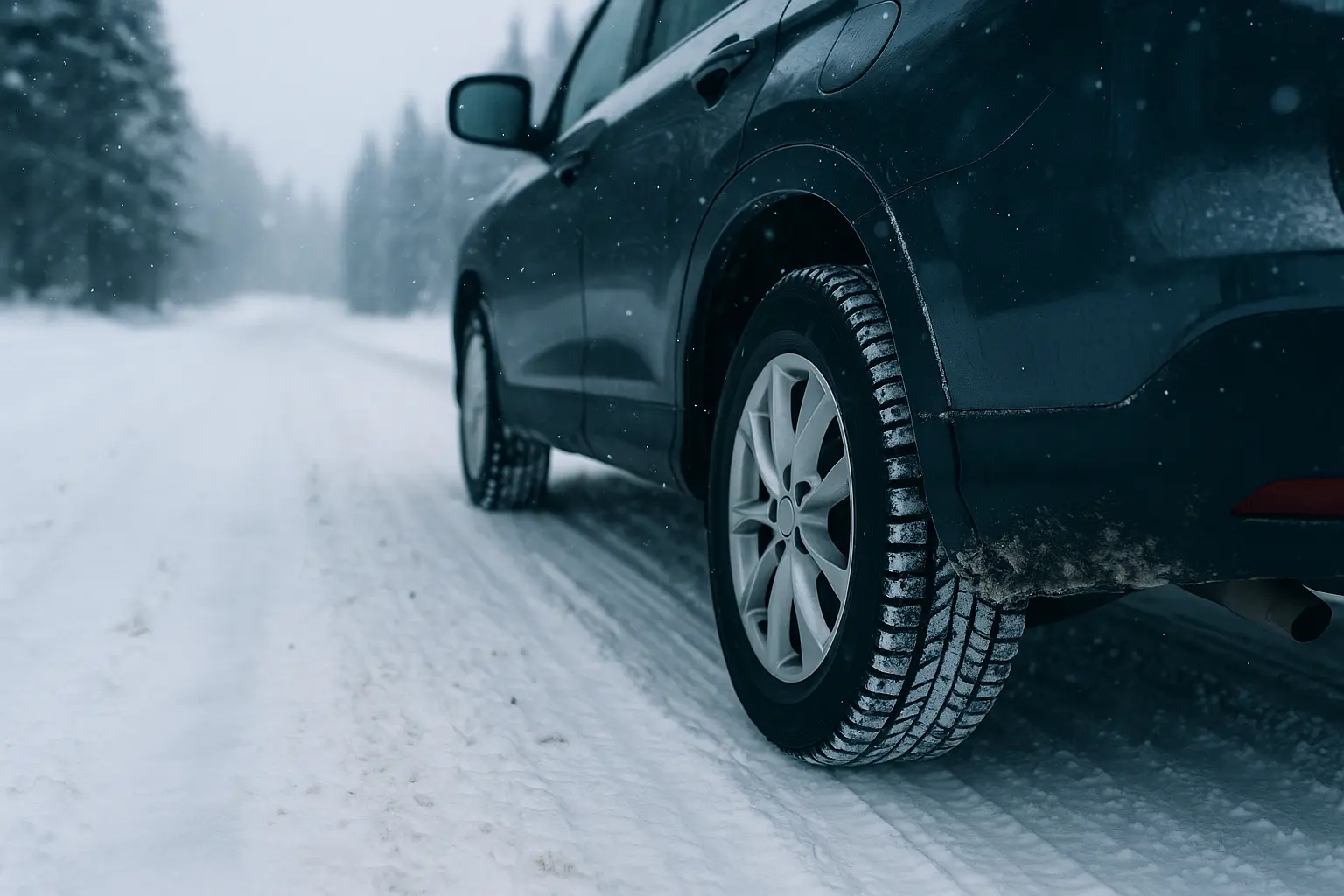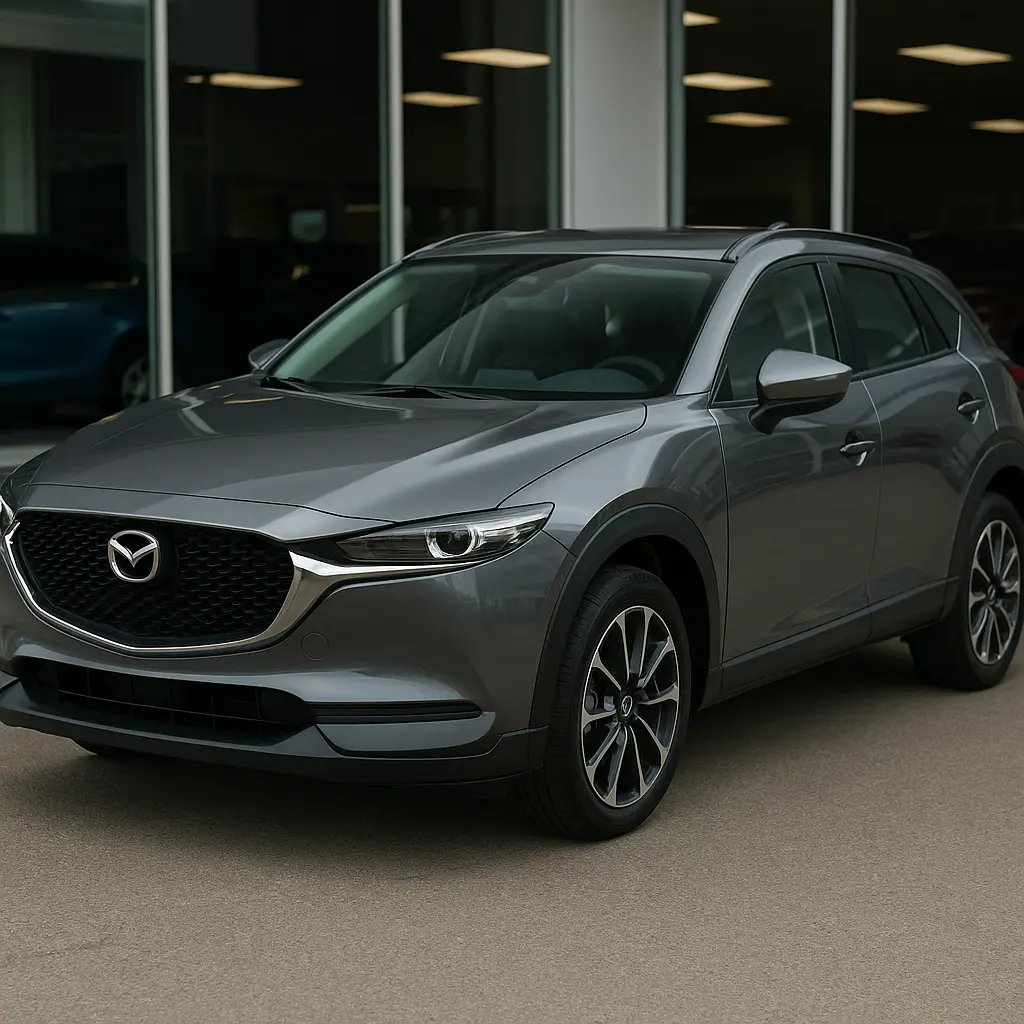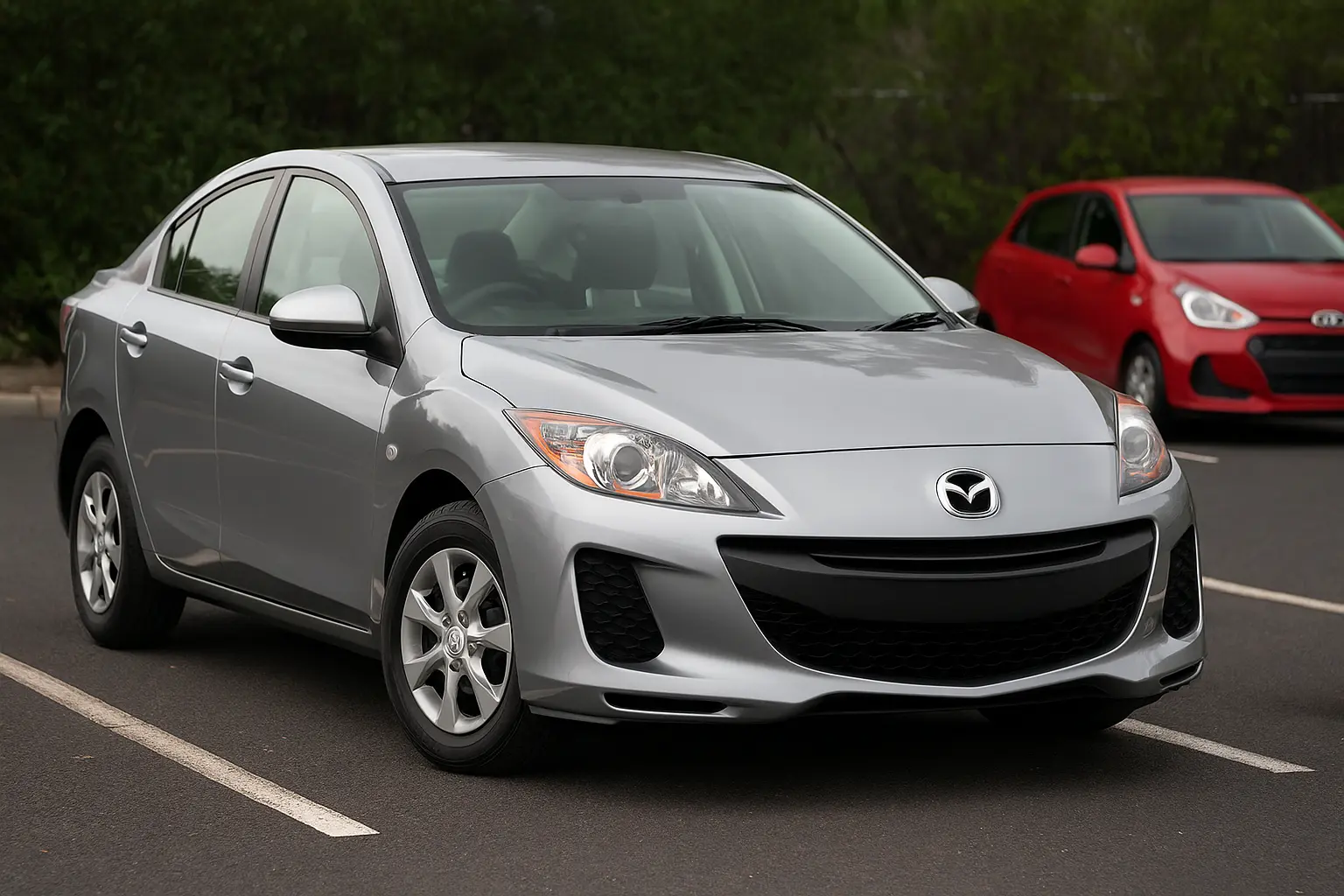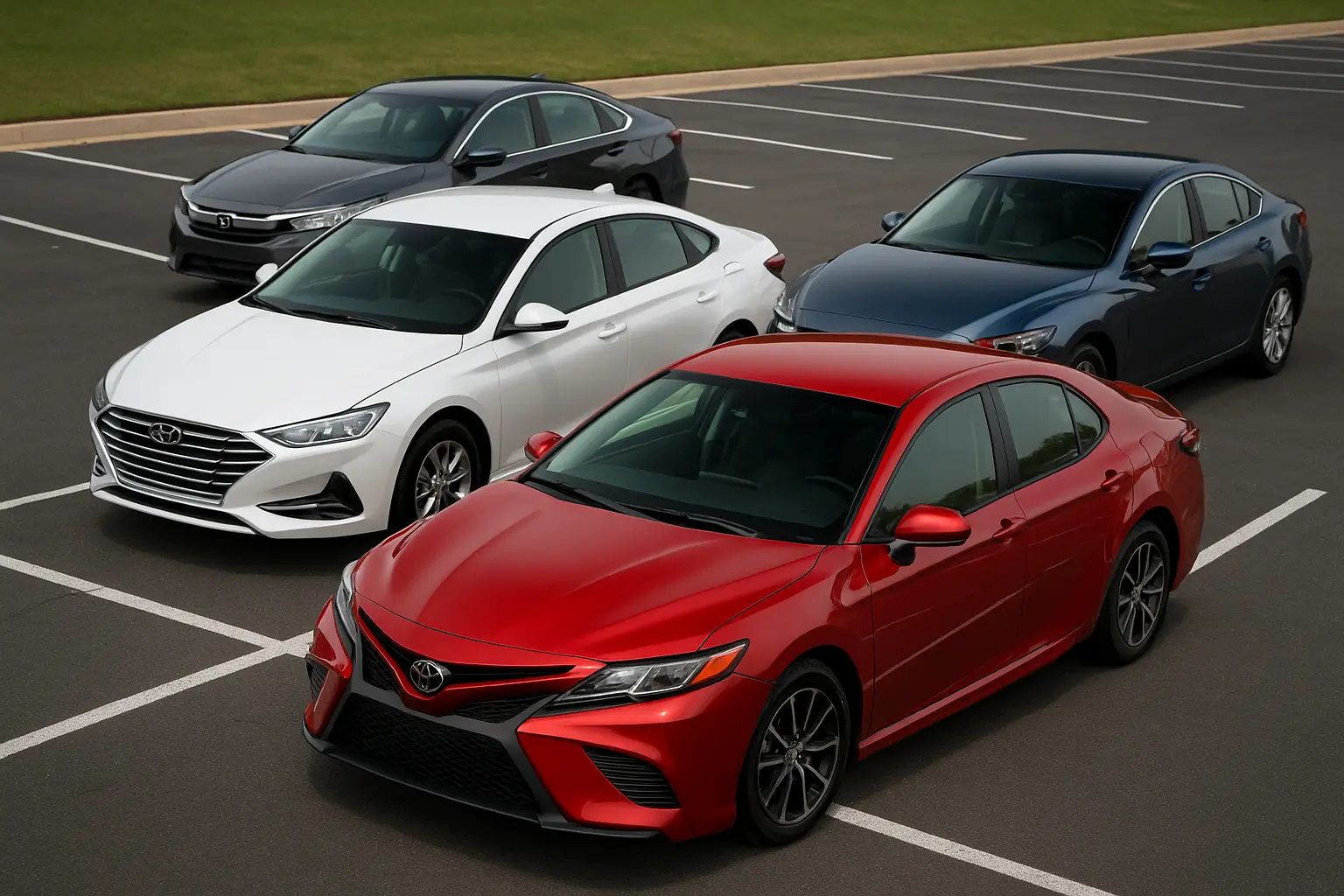Top Winter Driving Tips for Australians – Stay Safe on Icy Roads

Australia’s winters may not rival the snowfall of North America or Europe, but that doesn’t mean drivers are off the hook. From icy alpine roads in Victoria and Tasmania to foggy highways in the ACT and brisk morning commutes across southern cities, cold weather presents serious challenges.
Knowing how to drive safely in winter conditions is essential—not just for comfort but for survival. This guide is packed with practical tips, expert advice, and Aussie-specific considerations for keeping you and your passengers safe on the road during the cooler months.
1. Understanding Australian Winter Conditions
Unlike northern hemisphere winters, Australia’s cold season varies greatly across the country. Drivers in Cairns will barely notice the shift, while those in the Snowy Mountains or Adelaide Hills may wake to frost-covered windscreens and black ice.
Winter hotspots for dangerous driving include:
- Snowy Mountains Highway, NSW
- Great Alpine Road, VIC
- Huon Highway, TAS
- Adelaide Hills backroads
- Blue Mountains routes
Even without snow, many regions face morning fog, slippery surfaces, heavy rain, and reduced daylight—all contributing to hazardous road conditions.
2. Prepping Your Car for Cold Weather
Winter road safety begins before you even hit the ignition. A properly maintained vehicle will perform better, last longer, and keep you safer when the temperature dips.
Key winter prep tasks include:
✅ Check Battery Health
Cold weather drains battery power. If your battery is older than 3 years, have it tested. Look for corrosion around terminals and slow engine cranking.
✅ Inspect Tyres & Tread
Wet and icy roads need more grip. Ensure tyres have at least 3mm of tread depth. Consider switching to all-season or winter tyres if you live in a frosty region.
✅ Top Off Fluids
Ensure windscreen washer fluid includes an antifreeze agent. Check engine coolant, brake fluid, and oil levels regularly.
✅ Replace Wiper Blades
Worn blades smear water instead of clearing it. In winter, that can be deadly. Replace them if they’re more than 12 months old.
✅ Defog & Demist Systems
Make sure front and rear demisters work properly. Test air conditioning (it helps clear humidity) and heater vents.
✅ Keep Fuel Above Half
During colder months, condensation can build up in fuel tanks. Keeping it topped up prevents water from mixing with fuel.
3. Driving Tips for Winter Roads
❄️ Slow Down & Increase Following Distance
Speed limits are for ideal conditions. In wet, foggy, or icy situations, reduce your speed and allow extra room between vehicles.
- Normal following distance: 3 seconds
- Winter suggestion: 6+ seconds
❄️ Brake Smoothly
Sudden braking causes skidding. Gently apply pressure and allow your ABS (if equipped) to do the work. If driving without ABS, pump the brakes to avoid wheel lockup.
❄️ Avoid Cruise Control
On slippery surfaces, cruise control can actually accelerate when traction is lost. Keep full control by using manual throttle.
❄️ Use Low Beams in Fog
High beams reflect off fog and impair visibility. Stick with low-beam headlights or fog lights.
❄️ Be Wary of Black Ice
Black ice forms in shaded areas, bridges, and early mornings. It looks like wet road but is actually ice. Avoid sudden movements and stay alert.
4. Visibility Is Everything
Reduced daylight, rain, and fog can all make it harder to see and be seen.
Winter visibility checklist:
- Clean inside/outside of all windows regularly.
- Clear frost completely before driving.
- Keep headlights, indicators, and taillights clean.
- Use rear fog light if visibility drops below 100m (but turn it off when visibility improves).
- Don’t drive with fogged-up windows—use A/C and demisters.
5. Pack a Winter Emergency Kit
Breakdowns in remote areas during winter can be dangerous. An emergency kit can be a lifesaver.
Essential items to keep in your car:
- Torch with extra batteries
- Reflective triangle or flares
- Jumper cables or battery booster
- Ice scraper or de-icer spray
- Warm blanket or extra jacket
- Bottled water & snacks
- Phone charger/power bank
- First aid kit
- Compact shovel (for alpine regions)
6. Know the Legal Requirements
If you’re heading to snowy regions like Mount Hotham or Perisher, you may be required by law to carry snow chains—even if you drive a 4WD or AWD.
State requirements:
- Victoria – Snow chains must be carried on certain alpine roads during snow season (June to October).
- NSW – Chains required for 2WDs in snowy areas.
- TAS – Snow warnings may require chains in elevated regions.
Note: Always check local road authority updates before heading out.
7. 4WDs and AWDs Aren’t Invincible
While all-wheel drive and four-wheel drive vehicles have advantages in slippery conditions, they don’t defy physics.
- AWD helps with traction when starting off but won’t aid braking.
- 4WD is useful in off-road snow but can cause overconfidence.
Even in an SUV or off-roader, always drive cautiously and follow winter road rules.
8. Use the Right Tyres for the Season
Winter tyres aren’t mandatory in most of Australia, but they can dramatically improve grip, braking, and stability in cold, wet, or icy conditions.
Benefits of winter tyres:
- Better grip below 7°C
- Softer rubber compounds maintain flexibility
- Deeper tread and siping channels water better
If you’re a frequent alpine driver, invest in a dedicated winter tyre set.
9. Electric and Hybrid Vehicles in Winter
EVs and hybrids are increasingly common on Aussie roads. Winter does affect them differently:
- Battery efficiency drops in cold temps, reducing range.
- Use regenerative braking to aid control.
- Preheat cabins while still plugged in (if possible).
- Keep battery charged above 20% to avoid power loss.
Many modern EVs come with features like battery warmers or remote preconditioning—use them to your advantage.
10. Cold Weather Car Tech – Use It Smartly
Modern cars are packed with winter-friendly features—but you must use them correctly.
Helpful winter features to look for:
- Heated side mirrors and windshields
- Adaptive headlights that follow corners
- Rain-sensing wipers
- All-weather floor mats (contain slush/mud)
- Auto-dimming rearview mirrors
- Remote engine start (if legal in your area)
- Heated steering wheels and seats
If your car has these features, make them part of your winter routine.
11. Regional Considerations Across Australia
Sydney/Melbourne/Canberra
Morning fog, wet roads, and black ice in suburbs or regional outskirts. Watch for slippery gum leaf debris in national parks.
Tasmania
Expect snow and ice on elevated roads. Always carry chains and be cautious of frost-shaded corners.
South Australia
Adelaide Hills roads can become dangerously slick. Stay cautious during wet spells and watch for fallen branches.
WA & NT
Colder nights but not winter-driving intensive. Ensure vehicles are still serviced seasonally.
Queensland
Dry and cool rather than icy, but mountain areas (like Toowoomba or Stanthorpe) can see frost and fog.
12. Prepare for the Unexpected
No matter how prepared you are, winter can surprise you. Always:
- Tell someone your route if heading regionally
- Check fuel, maps, and weather forecasts
- Download offline maps in case of signal loss
- Keep your insurance and roadside assistance active
Final Word: Stay Smart, Stay Safe
Winter driving in Australia is more about unpredictability than blizzards. From heavy fog on suburban freeways to icy turns in alpine retreats, being mentally and mechanically prepared is key.
With a few seasonal tweaks to your car care, emergency prep, and behind-the-wheel habits, you can turn your winter drives from risky to routine.
Leave a comment
Your email address will not be published. Required fields are marked *




















